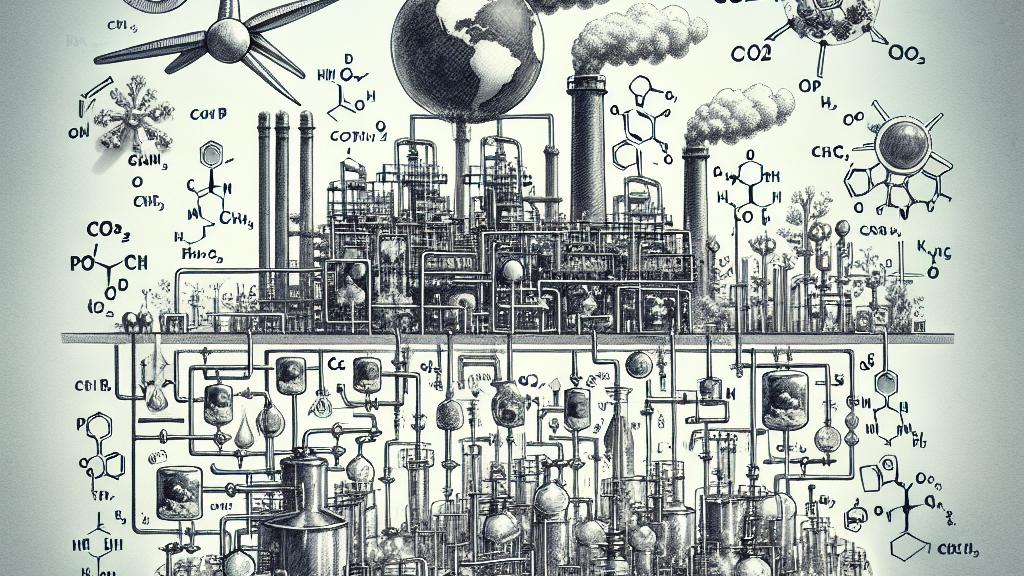Innovative Electrolysis Technology for Formic Acid Synthesis from CO2
Overview
- Groundbreaking paired electrolysis system efficiently converts CO2 and methanol into valuable formic acid.
- Integration of acidic and alkaline processes dramatically enhances energy efficiency and sustainability.
- Utilizing renewable energy, this technology represents a significant leap toward greener chemical production.

Overview of New Electrolysis Method
Imagine a world where carbon dioxide (CO2) can be transformed into a valuable chemical like formic acid, thanks to cutting-edge technology! Researchers in China have brought this vision to life with a groundbreaking paired electrolysis system. This innovative method creatively combines an acidic reduction reaction with an alkaline oxidation process, ensuring not just higher production rates but also a stunning reduction in energy usage. Typically, conventional electrolysis systems waste about 90% of their energy on oxygen evolution reactions, severely limiting their potential. In contrast, this new design smartly harnesses renewable energy sources, signifying a revolutionary approach to sustainable chemical synthesis that could reshape the future of the industry.
Key Components and Efficiency Gains
At the core of this advanced electrolyzer are two specially crafted catalysts: the Cu2Se@CuO nanoflowers used in the cathode and the Bi/BiOx nanosheets employed at the anode. Together, these components create a powerful duo that not only maintains stable operation for over 90 continuous hours, but also achieves astonishing efficiency levels. In fact, the total Faraday efficiency exceeds 190% across a wide voltage range! Remarkably, it requires only 2.1V to reach a formic acid partial current density of around 130 mA cm-2. This exceptional performance is attributed to reduced electricity consumption compared to traditional methods while minimizing CO2 loss during electrolysis. Such accomplishments highlight a pivotal milestone in the quest for sustainable chemical production—turning challenges into opportunities.
Application and Future Significance
The implications of this groundbreaking research stretch far beyond merely improving formic acid production. This technology signifies a new frontier for integrating renewable energy into various chemical synthesis processes. Formic acid, a key building block in countless chemical reactions, possesses immense potential for use in sustainable energy solutions. By enabling its production from CO2 through ecologically friendly methods, we take significant strides toward reducing our carbon footprint and addressing climate change. This innovative technology emphasizes the ongoing global commitment to develop smarter manufacturing practices, ultimately leading to a greener planet. As industries across the globe adopt such forward-thinking systems, we can anticipate a transformative shift where sustainability becomes not just a goal, but a standard at the forefront of chemical production.

Loading...